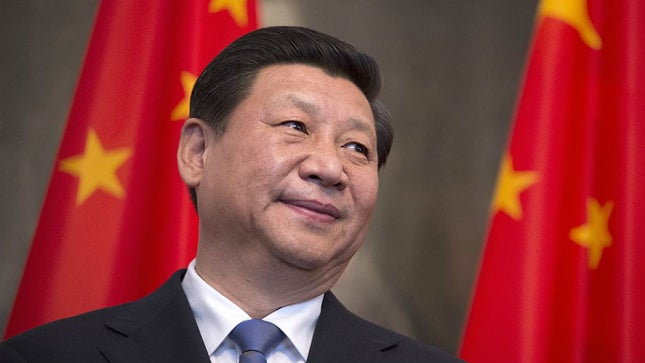In a bid to fortify its military strength in the India-Nepal-China trijunction area, Beijing has been building a surface-to-air missile site, according to an open-source satellite image. The military mobilization came at a time when tensions between Beijing and New Delhi have been at an all-time high in recent years following the violent standoff between the two nations at Ladakh's Galwan Valley in June.
The latest satellite images were posted on Twitter by the open-source intelligence analyst who went by the handle @detresfa. The imagery showed that China was constructing the surface-to-air missile facility on the banks of the Mansarovar Lake in Tibet.
"While India & China border tensions in Ladakh have been ongoing for over 3 months, new inputs suggest the India-China-Nepal tri-junction border area near Lipulekh Pass is feverish with Chinese military activity," a caption on the imagery read.
Earlier this month, Indian media reports said China mobilized its PLA troops near Lipulekh Pass in the northern state of Uttarakhand. "There has been an accretion of PLA troops across the LAC at Lipulekh Pass, parts of North Sikkim and Arunachal Pradesh," a top military commander told Hindustan Times.
China's surface-to-air missile site fell within the radius of 100 kilometres of the Kalapani-Lipulekh region, which is controlled by India. However, in May, Nepal approved a new map of the country depicting Lipulekh, Kalapani and Limpiyadhura areas within its territory as a way of objecting to India's construction of a nearly 50-mile long road to the Lipulekh Pass. The move drew sharp criticism from New Delhi who rejected Nepal's map calling it an "artificial enlargement of territorial claims."

"We urge the Government of Nepal to refrain from such unjustified cartographic assertion and respect India's sovereignty and territorial integrity," a spokesperson for India's Ministry of External Affairs said at the time.
India and China stepped up its military deployment in the area after a violent conflict between the two nuclear-powered nations at the Galwan Valley in June. The border clash left 20 Indian soldiers dead and an unspecified number of Chinese troops were killed. According to India, 43 Chinese soldiers died in the conflict.








